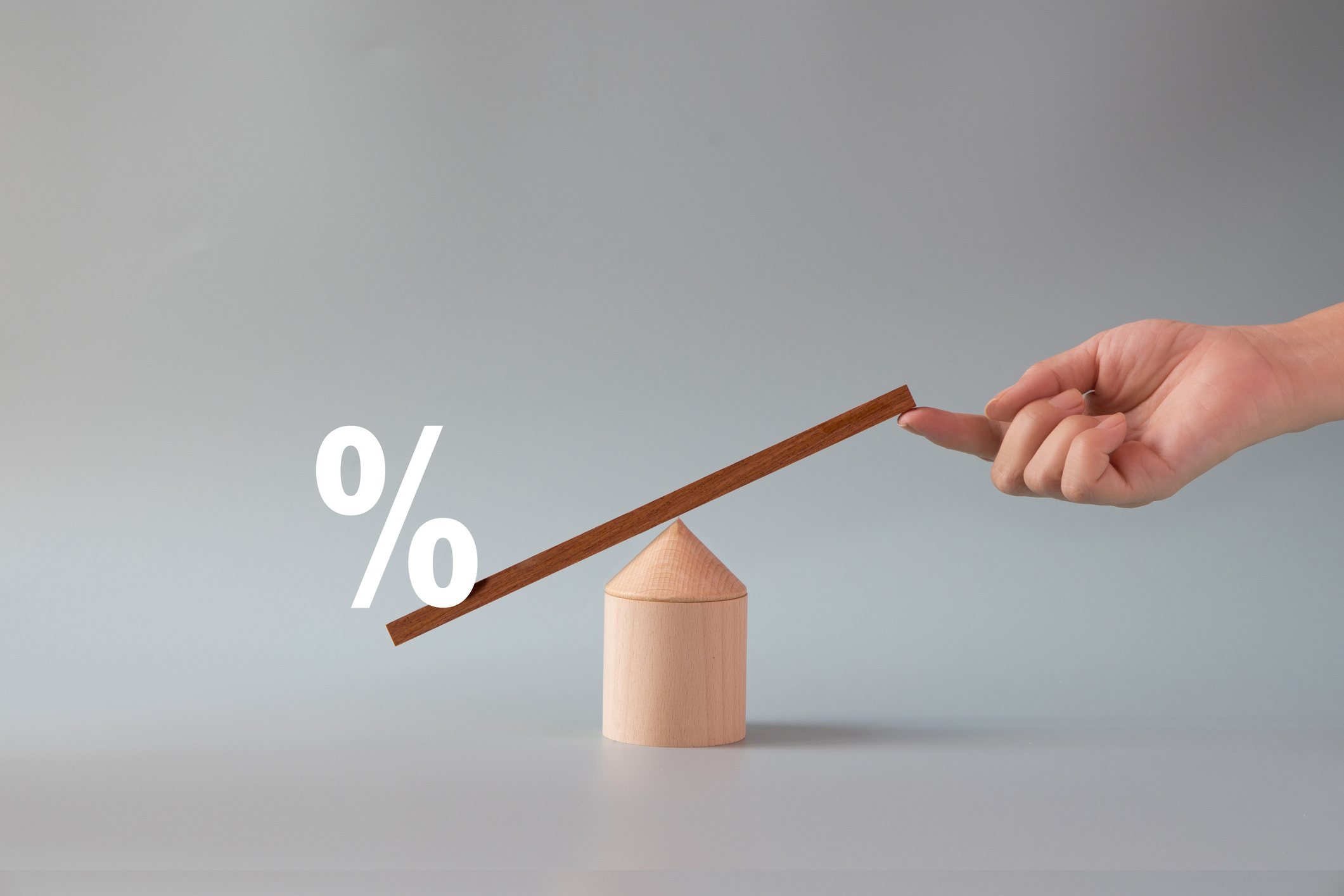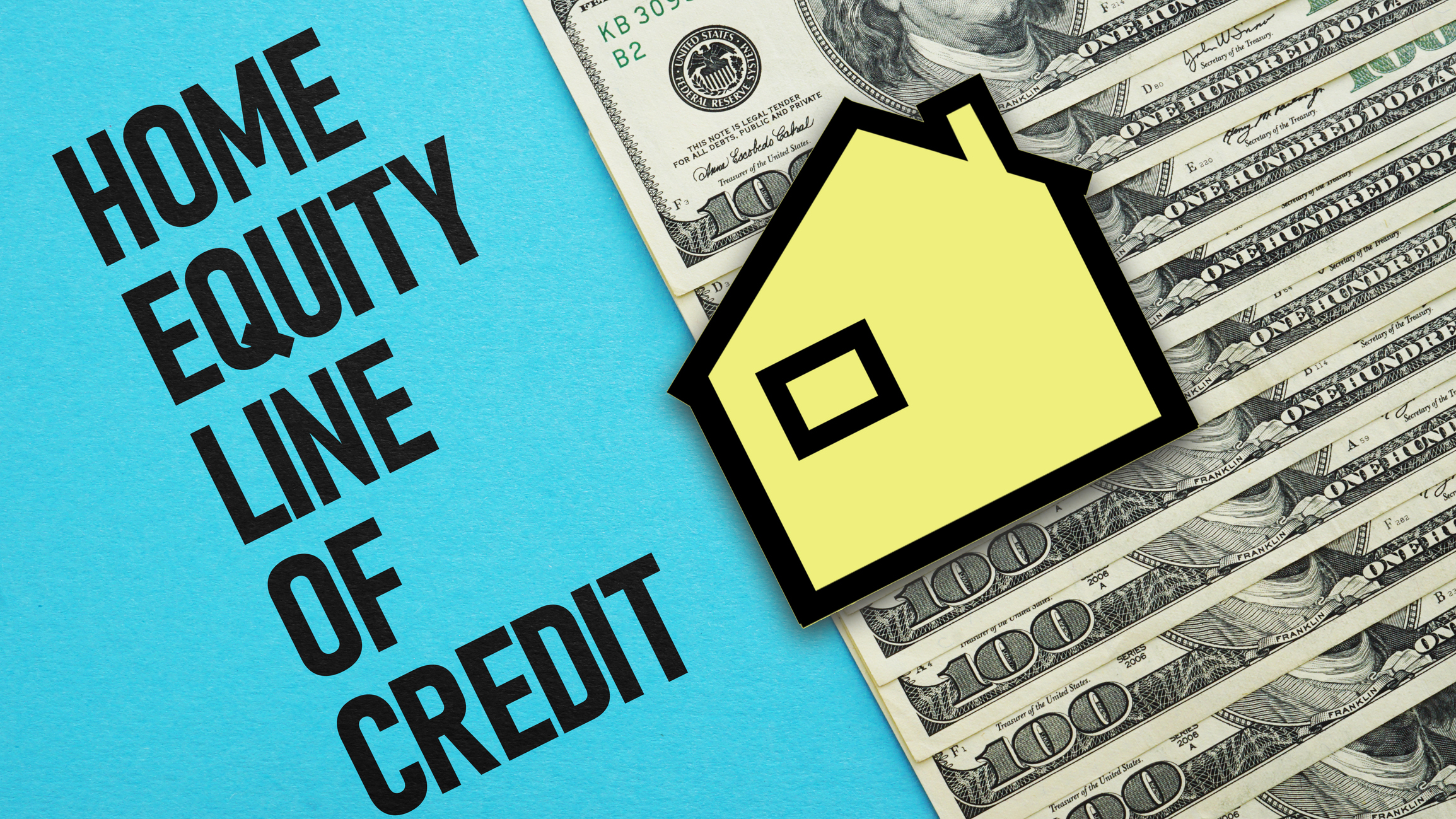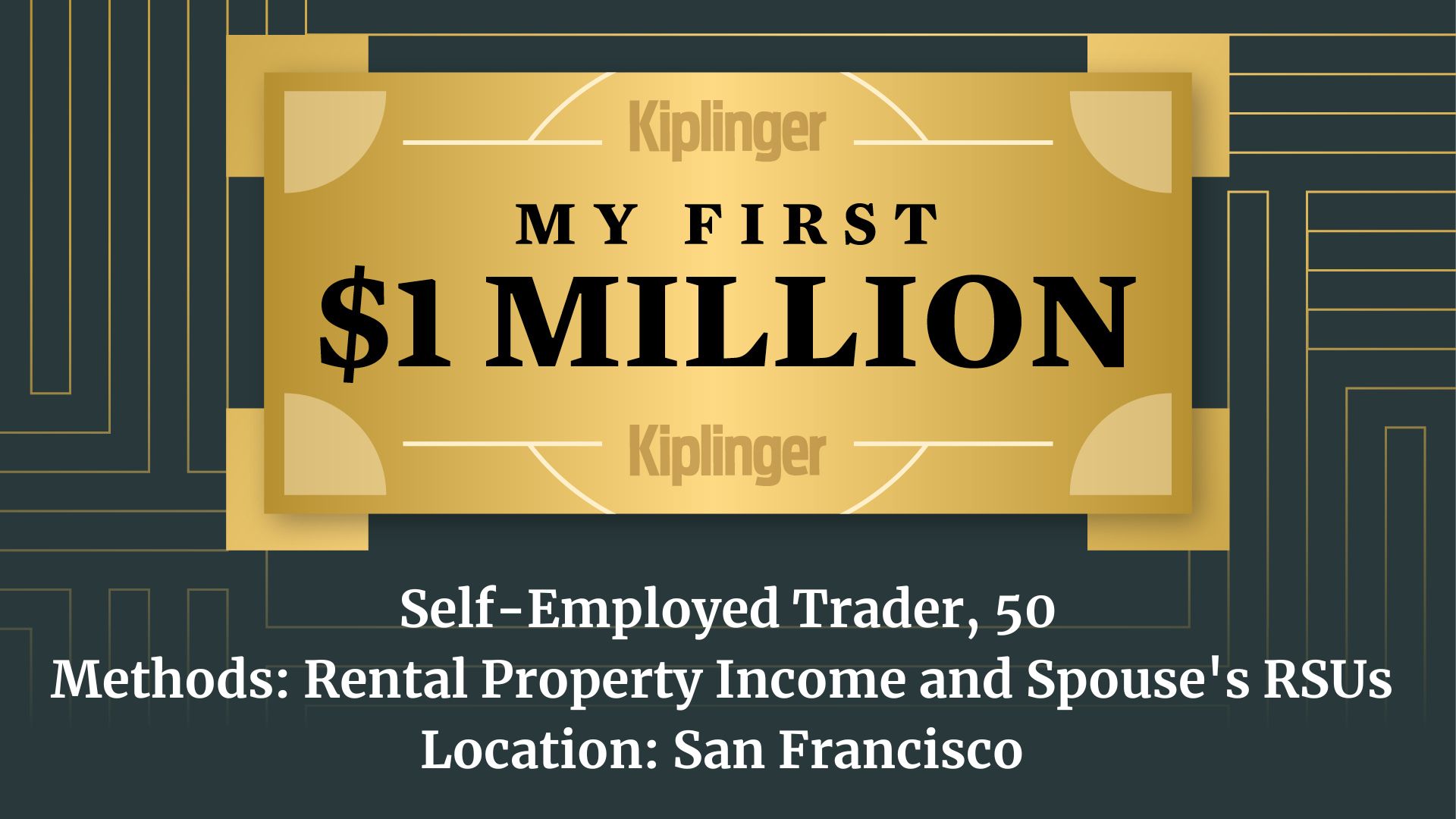Falling Interest Rates: What They Mean for Homeowners, Savers and Investors
As interest rates fall, homeowners may celebrate while savers feel the pinch. Here’s what the change could mean for your money.

The ripple effects of each Federal Reserve meeting reach far beyond Wall Street. They shape the rate on your mortgage, the growth of your savings, and even the value of long-term investments.
Ahead of the September Fed meeting, mortgage rates dropped to their lowest level since October 2024. The average 30-year fixed rate slipped below 6.5% for the first time in months, thanks to cooling inflation and growing confidence that the Fed may begin cutting rates in the coming quarter.
The reaction was immediate: refinance applications spiked nearly 60% last week — the sharpest increase in more than two years. As rates shift, understanding who stands to benefit and who may lose ground is the first step in adjusting your financial strategy.
From just $107.88 $24.99 for Kiplinger Personal Finance
Become a smarter, better informed investor. Subscribe from just $107.88 $24.99, plus get up to 4 Special Issues

Sign up for Kiplinger’s Free Newsletters
Profit and prosper with the best of expert advice on investing, taxes, retirement, personal finance and more - straight to your e-mail.
Profit and prosper with the best of expert advice - straight to your e-mail.
The big winners: Homeowners and buyers

Falling mortgage rates are a welcome break for homeowners who took out mortgages during the peak-rate periods of 2022 and 2023. For those with rates above 7%, today’s environment opens the door to consider refinancing into lower monthly payments.
That relief can free up hundreds of dollars per month, offering a much-needed buffer against other rising costs like groceries, insurance and energy.
Homebuyers also stand to benefit, at least in theory. Lower rates slightly boost affordability by reducing monthly payment burdens, making it easier to qualify for a mortgage. However, inventory remains tight in many markets, and prices are still elevated. This means buyers may find some relief but not a complete reset of the housing affordability crunch.
Curious about today's rates? Explore and compare some of today's best offers with the tool below, powered by Bankrate:
The losers: Banks, investors and savers

Not everyone wins when rates fall. Banks and investors holding older mortgage-backed securities (MBS) face losses as new loans enter the market at lower yields. As older, higher-interest loans get refinanced, the value of those securities drops, reducing bank profitability and potentially affecting investor portfolios with heavy exposure to mortgage debt.
Savers, too, may feel the downside. If the Fed signals a pivot to rate cuts in response to softening inflation and economic data, banks will likely lower yields on CDs and high-yield savings accounts.
For consumers relying on those accounts for a reasonable return, the recent gains in interest income may start to decrease. The era of 5% savings rates could be short-lived if broader rate cuts materialize.
Browse some of today's best savings account offers with the tool below, powered by Bankrate:
What it means for your financial strategy

When interest rates shift up or down, it sends a ripple effect across nearly every aspect of your personal finances. That’s especially true when mortgage rates move sharply. If you're a homeowner, a buyer, or someone with money in savings, now’s the time to pause and ask: What should I do differently?
Here are a few options to consider.
Refinance math: When it makes sense.
If you have a mortgage with an interest rate at least one percentage point higher than current offerings, now is the time to run the numbers. Just make sure you factor in closing costs, loan term changes and how long you plan to stay in the home. Refinancing isn’t always a slam dunk, but for many, it could mean real monthly savings.
Diversifying savings if yields fall.
If CD and high-yield account rates start to decline, look into laddering strategies or short-term Treasury bills to lock in higher yields while they last. Consider moving a portion of savings into I-bonds or other inflation-protected assets if you’re worried about losing ground.
Big picture: why every rate move creates both opportunity and trade-offs.
Whether you’re a homeowner, a saver or an investor, every rate change reshapes your financial landscape. With another decision coming in October, now is the time to revisit your strategy, weigh the trade-offs between borrowing and saving and make adjustments that support your long-term goals.
Falling mortgage rates can provide relief for homeowners and buyers but they also bring challenges for savers and financial institutions. Instead of seeing these shifts as purely good or bad, treat them as a signal to reassess and realign your money decisions.
Related Content:
Profit and prosper with the best of Kiplinger's advice on investing, taxes, retirement, personal finance and much more. Delivered daily. Enter your email in the box and click Sign Me Up.

Choncé is a personal finance freelance writer who enjoys writing about eCommerce, savings, banking, credit cards, and insurance. Having a background in journalism, she decided to dive deep into the world of content writing in 2013 after noticing many publications transitioning to digital formats. She has more than 10 years of experience writing content and graduated from Northern Illinois University.
-
 December Fed Meeting: Live Updates and Commentary
December Fed Meeting: Live Updates and CommentaryThe December Fed meeting is one of the last key economic events of 2025, with Wall Street closely watching what Chair Powell & Co. will do about interest rates.
-
 This Is Why Investors Shouldn't Romanticize Bitcoin
This Is Why Investors Shouldn't Romanticize BitcoinInvestors should treat bitcoin as the high-risk asset it is. A look at the data indicates a small portfolio allocation for most investors would be the safest.
-
 I'm a Federal Benefits Pro: I Answer These 2 Questions a Lot
I'm a Federal Benefits Pro: I Answer These 2 Questions a LotMany federal employees ask about rolling a TSP into an IRA and parsing options for survivor benefits, both especially critical topics.
-
 Smart Money Moves Savers Should Make in 2026
Smart Money Moves Savers Should Make in 2026These steps will get you on the road to achieving your 2026 savings goals.
-
 How Much Would a $50,000 HELOC Cost Per Month?
How Much Would a $50,000 HELOC Cost Per Month?Thinking about tapping your home’s equity? Here’s what a $50,000 HELOC might cost you each month based on current rates.
-
 My First $1 Million: Self-Employed Trader, 50, San Francisco
My First $1 Million: Self-Employed Trader, 50, San FranciscoEver wonder how someone who's made a million dollars or more did it? Kiplinger's My First $1 Million series uncovers the answers.
-
 Waiting for Retirement to Give to Charity? Here Are 3 Reasons to Do It Now, From a Financial Planner
Waiting for Retirement to Give to Charity? Here Are 3 Reasons to Do It Now, From a Financial PlannerYou could wait until retirement, but making charitable giving part of your financial plan now could be far more beneficial for you and the causes you support.
-
 Are You Ghosting Your Finances? What to Do About Your Money Stress
Are You Ghosting Your Finances? What to Do About Your Money StressAvoidance can make things worse. You can change your habits by starting small, talking with a family member or friend and being consistent and persistent.
-
 Your End of Year Insurance Coverage Review Checklist
Your End of Year Insurance Coverage Review ChecklistStop paying for insurance you don't need and close coverage gaps you didn't know about with this year-end insurance review.
-
 I'm an Insurance Pro: If You Do One Boring Task Before the End of the Year, Make It This One (It Could Save You Thousands)
I'm an Insurance Pro: If You Do One Boring Task Before the End of the Year, Make It This One (It Could Save You Thousands)Who wants to check insurance policies when there's fun to be had? Still, making sure everything is up to date (coverage and deductibles) can save you a ton.
-
 4 Smart Ways Retirees Can Give More to Charity, From a Financial Adviser
4 Smart Ways Retirees Can Give More to Charity, From a Financial AdviserFor retirees, tax efficiency and charitable giving should go hand in hand. After all, why not maximize your gifts and minimize the amount that goes to the IRS?